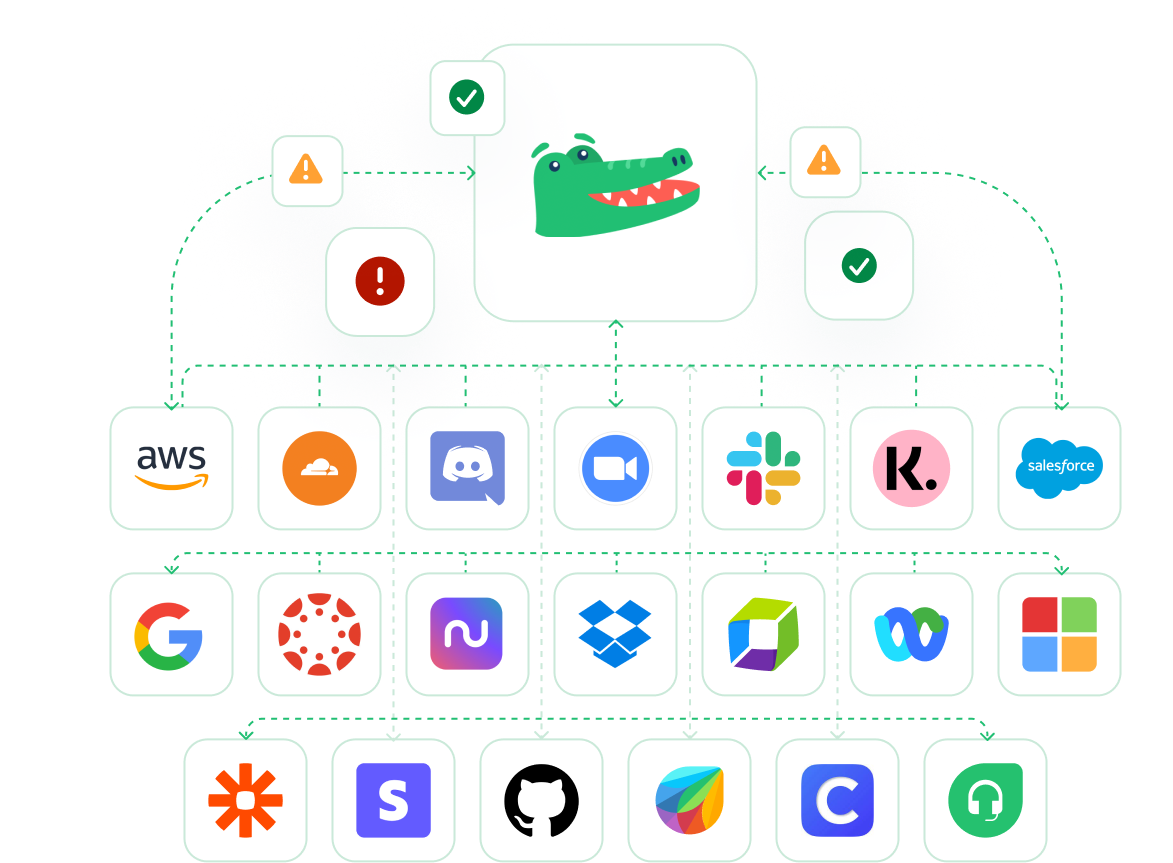
StatusGator has been monitoring the cloud for more than 8 years. We collect the status of thousands services from their official, published, status pages. We monitor cloud services to directly to understand the real-world impact of ongoing incidents.
Schedule a demo
We monitor over 4,000 services directly from official status pages
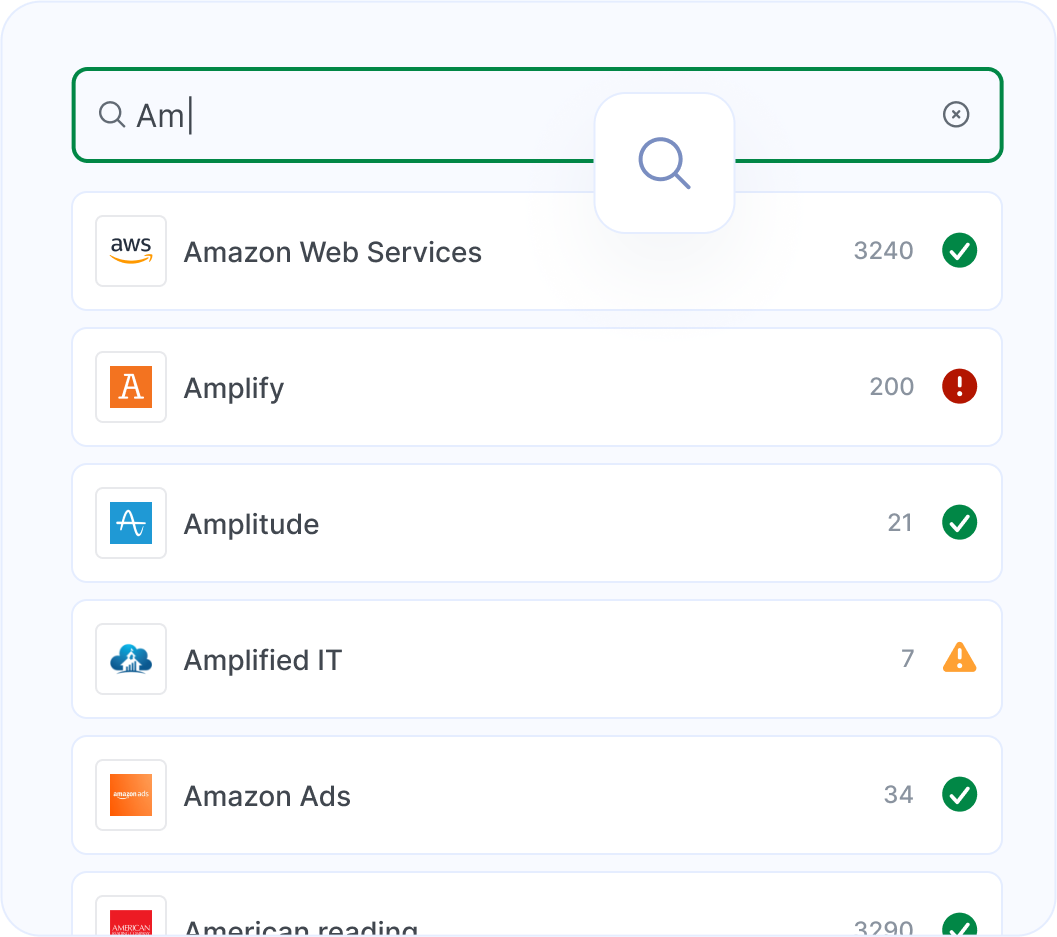

StatusGator monitors the official status pages of more than 4,000 services. We detect changes to these pages and normalize that data into a unified page of official status data. Our platform handles the hard work of scraping or subscribing to APIs from each of the services you depend on, sending you notifications when services.
Start free trial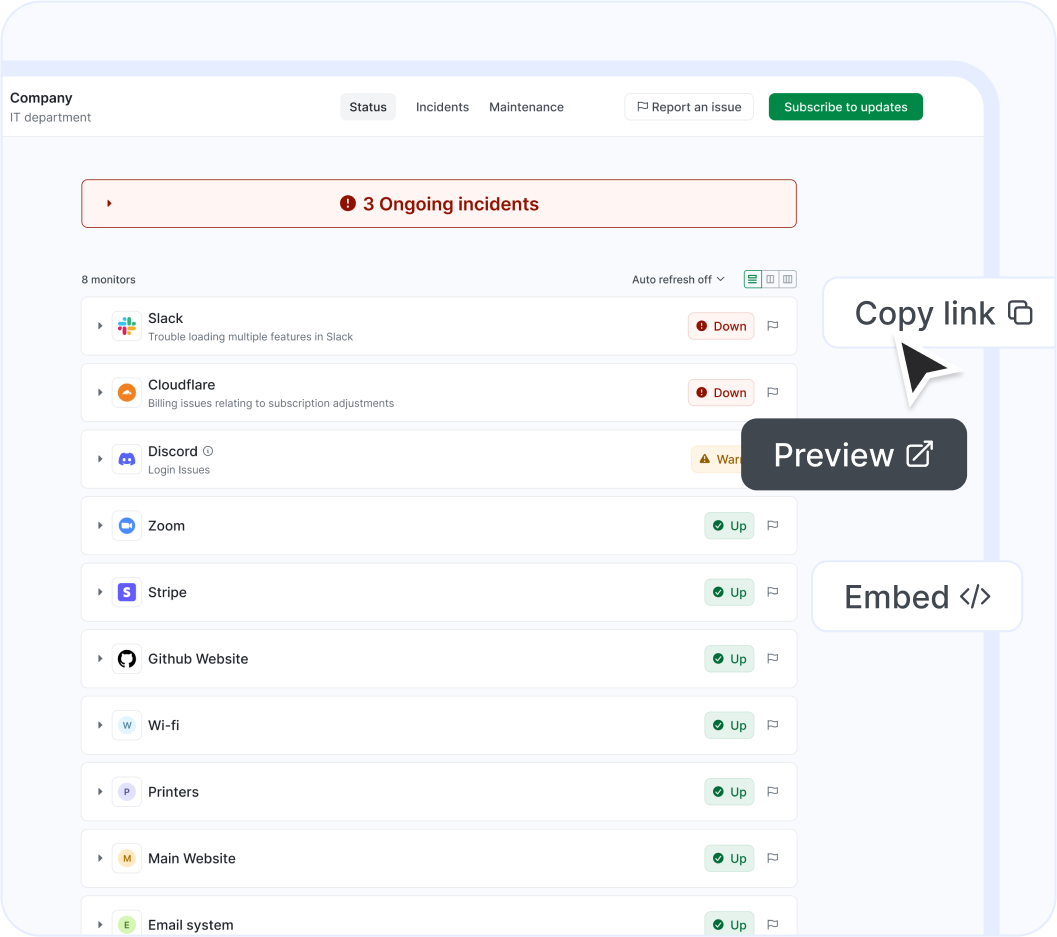
Automatically generated and customizable, this unified status page aggregates real-time statuses across all monitored services. Easily shareable with your team or clients, it ensures everyone stays informed, reducing support tickets and enhancing transparency.
Start free trial


Get notified of critical cloud outages in the places you need: Via email, or directly to your phone with our SMS notifications or via integrations with popular chat apps: Slack, Teams, Google Chat, Webex, and Discord. Our Slack integration even allows you to query the status of any service in your incident chat room, allowing you to keep tabs of the issues that are affecting you.
Start free trialManage monitored components and notifications to minimize unnecessary alerts.

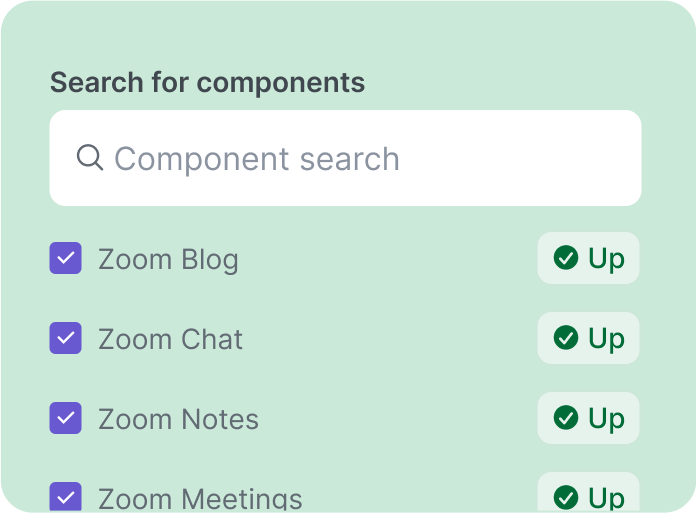

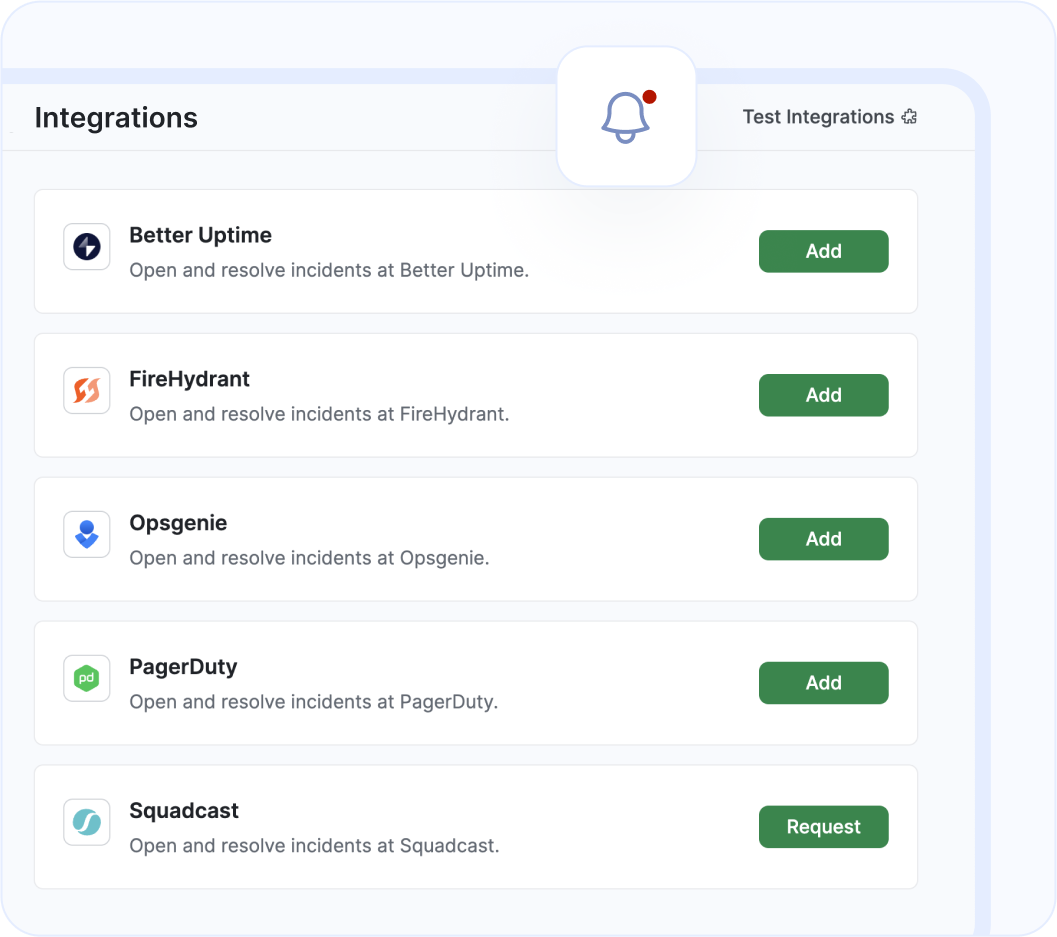

Integrate StatusGator with your incident management tools using our integrations or API. Create incidents automatically so your team can investigate the impact of high-value services. StatusGator helps your team be more proactive and stay ahead of outages that could bring down your app.
Start free trial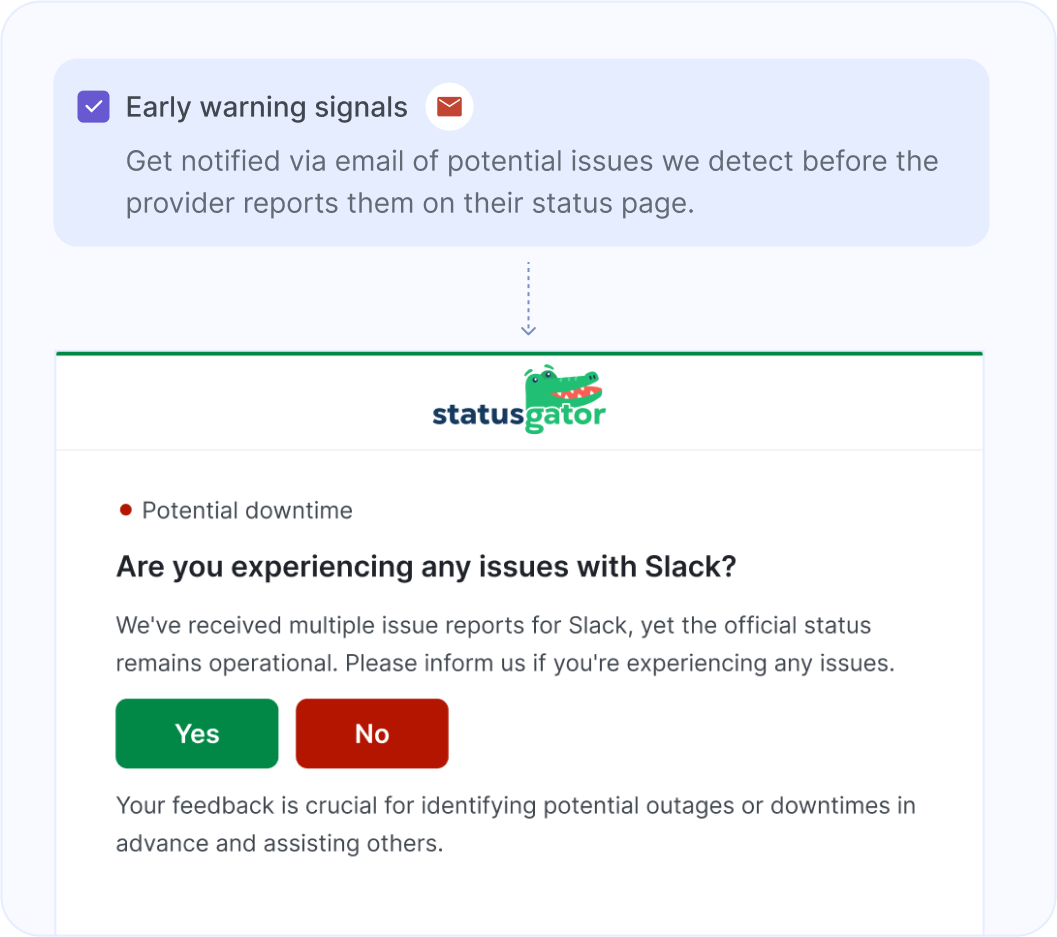
StatusGator has a unique ability to discover cloud outages before they are published on official status pages. Our network of highly visible landing pages for major service providers, gives us a data about those searching for outage data. Coupled with reports from our visitors and users, we’re able to send your team early warning notifications in those critical moments before outages are published.
Start free trial
We'll show how StatusGator can benefit your team. No strings attached.
Can't find your question? Email us to arrange a time to discuss. We'd love to chat!